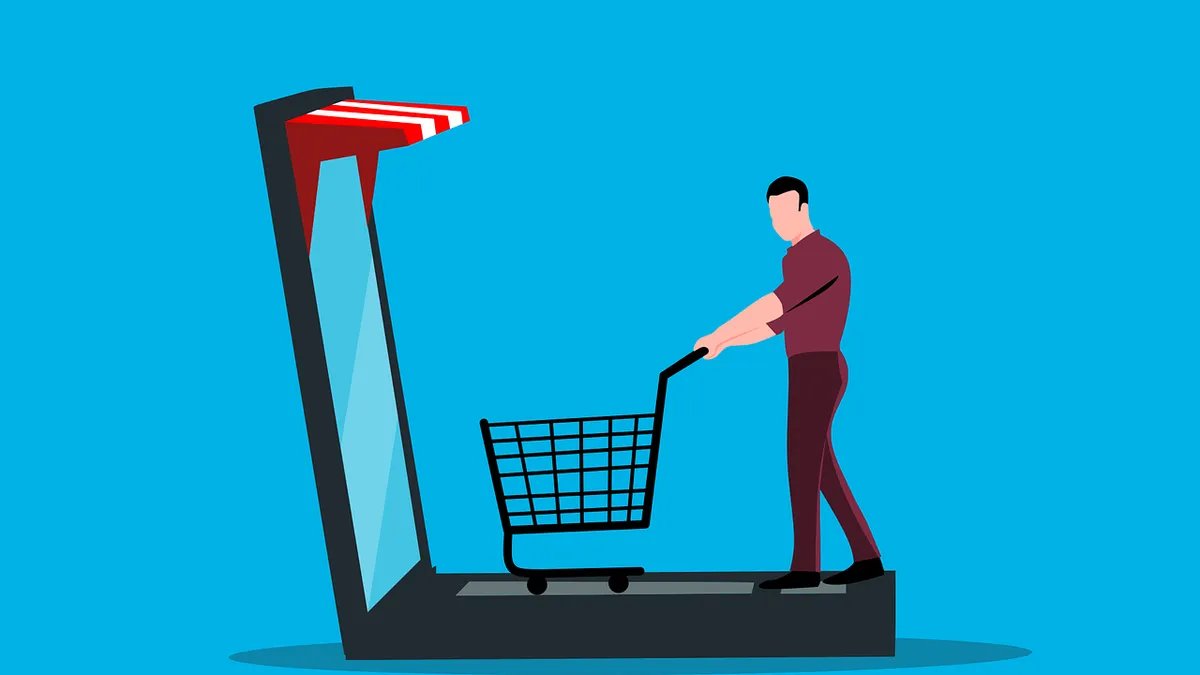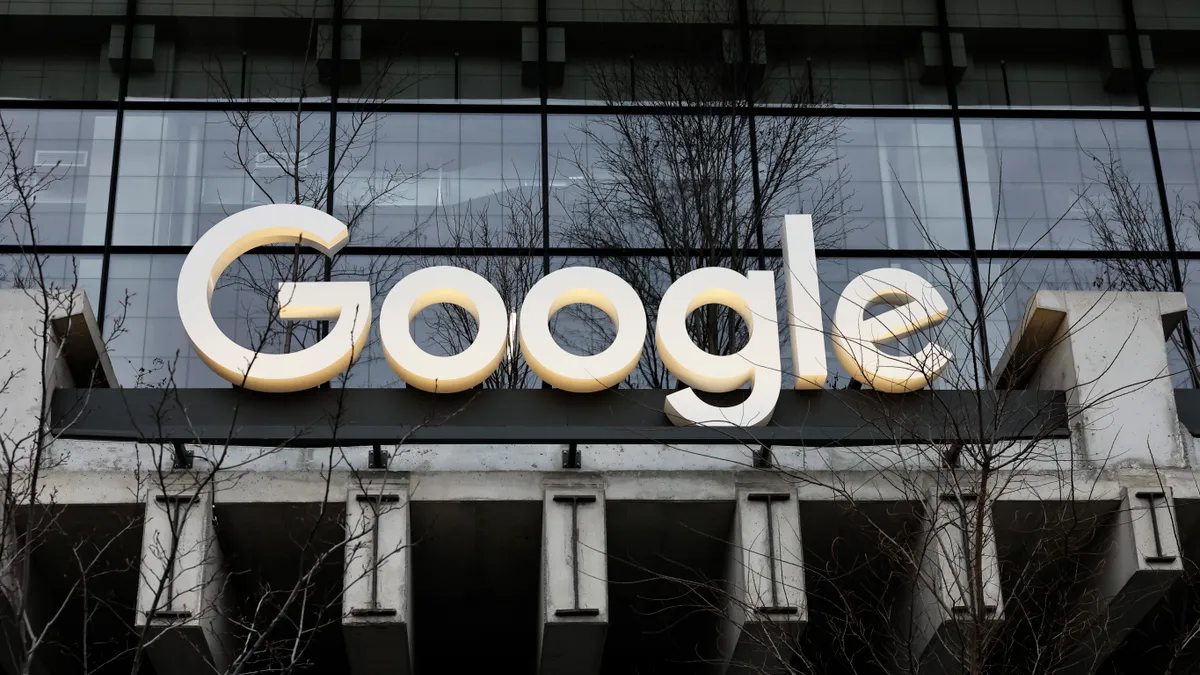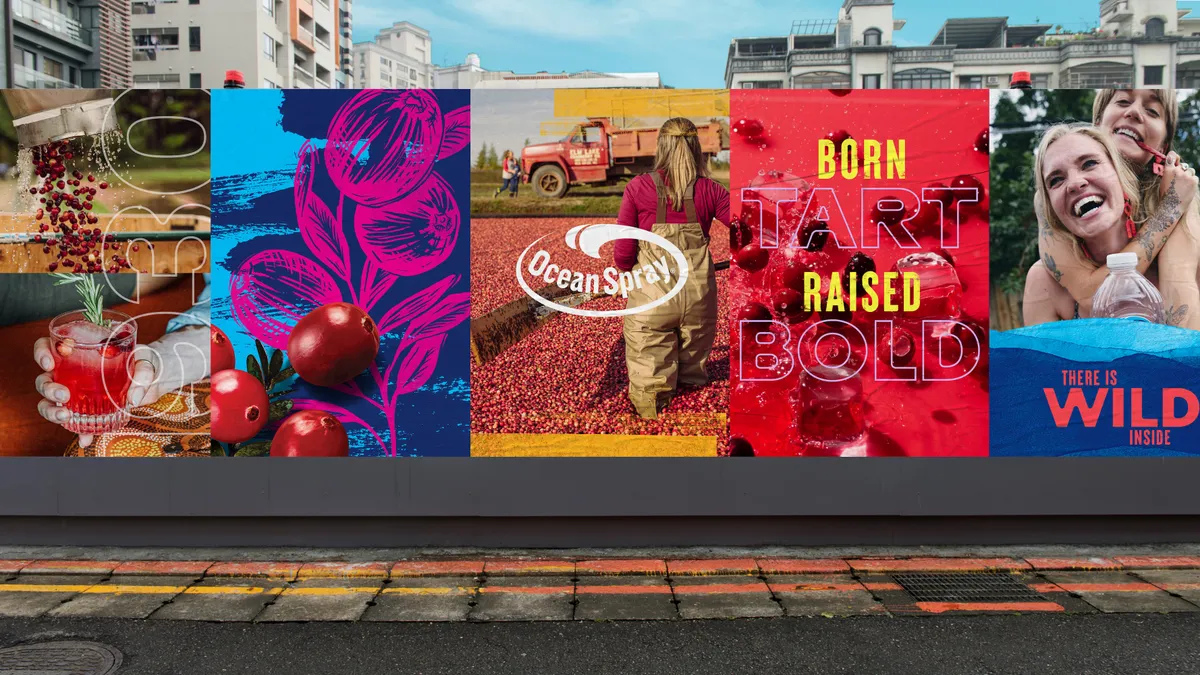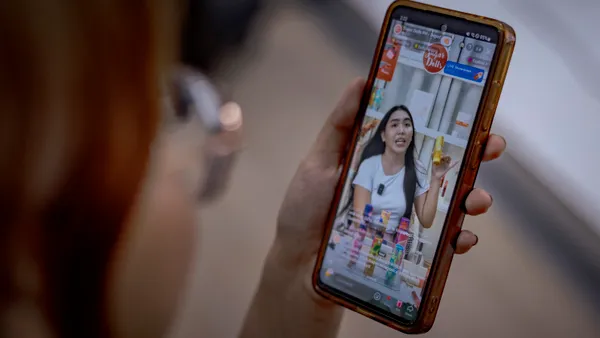It's the hottest topic. The new "it" thing. You've either got it, or you don't. And after asking more than 160 marketing professionals about their response to cross-channel — or "phygital" — shopping, we can tell the industry doesn't quite get it.
Now, that's not entirely fair. As it turns out, 85 percent of marketers correctly identified that today's shoppers have gone hybrid, seamlessly blending physical and digital shopping. And the same 85 percent recognize that customers expect consistent interactions across all commerce channels. Marketers do have a pretty good grasp of what phygital shopping looks like. However, this understanding of the cross-channel consumer is little more than a high-level observation.
A renewed role for retail in the phygital era
When over 1,000 consumers were asked which channels provide the best shopping experience, traditional retail tied for first place with e-Commerce. More than 93 percent of these same shoppers report taking two or more trips per week to physical retail locations, with about 20 percent venturing to brick-and-mortar locations more than four separate times each week. The physical, tangible experience is making a lasting comeback thanks to over two years of limitations.
Marketers had a slightly different take. They ranked e-Commerce as the most important channel today, followed by mobile commerce, social commerce and — in last place — traditional retail. These marketers are dedicating increased investments along the same line in 2022, with brick-and-mortar seeing the least amount of marketer cash dedicated to enhancement.
It's time for tech — your shoppers are ready for it
Where the disconnect in identifying the value of traditional retail is more of a head-scratcher, marketers can't be blamed for their usual avoidance of experiential shopping technologies. Conventional wisdom indicates that shoppers are slow to adopt new technologies and the concept of a hybrid digital-physical "metaverse" scares many.
But when it comes to shopping, people are more than ready to engage with technological upgrades that improve their experience. Presented with options including BOPIS (buy-online-pick-up-in-store), checkout-free tech, VR/AR integrations and even geo-targeted ads upon arrival, more than half (often more than 75 percent) of shoppers are either using it today or ready to use in the future.
Still, almost a quarter of marketers have yet to implement these tools — and between 6 percent to 18 percent simply aren't interested, depending on the feature. Unfortunately, when opportunities to enhance shopping experiences are neglected, so too are the potential swells in revenue.
If you build it, they will come
"Good enough" is never good enough. Right now, less than 25 percent of consumers say that their preferred retailer excels in terms of matching experiences across channels. And while some 65 percent of shoppers are willing to share personal information with brands or retailers in exchange for more personalized shopping experiences, more than half feel that their data isn't being used very effectively.
The new class of consumers wants new commerce features. They want personalized experiences. And above all, they want shopping to feel the same whether they're in-store or online. Marketers are making moves but still have a ways to go.
The best approach to taking phygital shopping head-on involves five simple steps that span social commerce, digital marketing and the all-important brick-and-mortar. These steps and the context needed to make the best of them, are available in the new report: Finding the Sweet Spot: Where Physical and Digital Commerce Intersect.
Give your customers what they want. Combine data, consumer behavior and modern solutions and stay on top of cross-channel shopping. Read the full report now!












